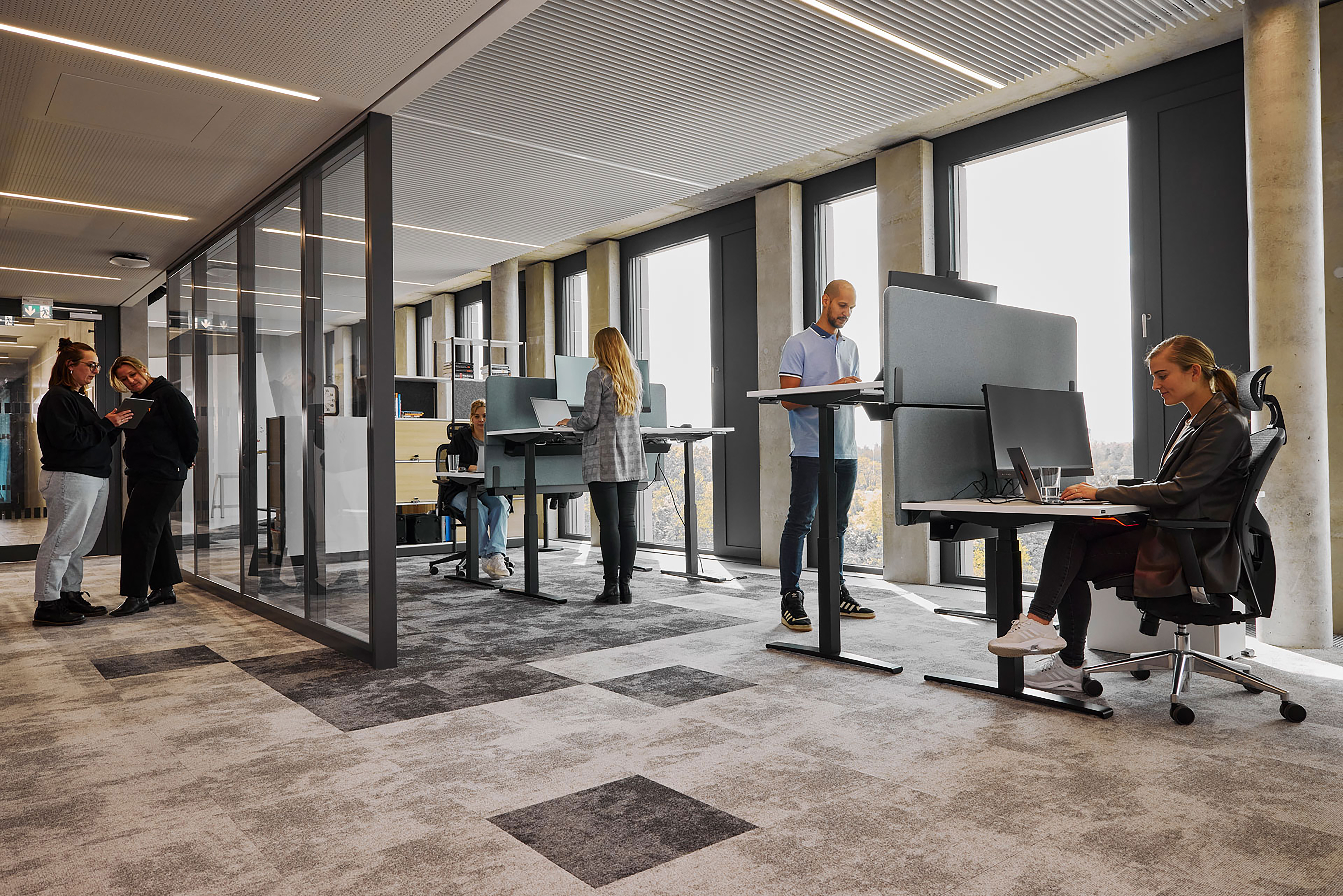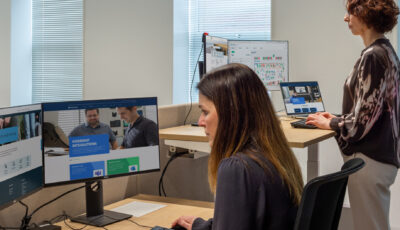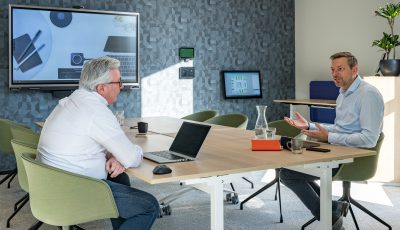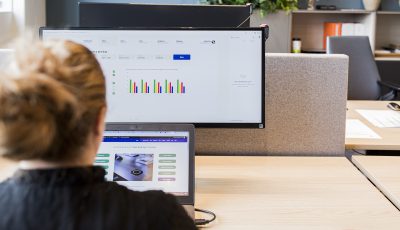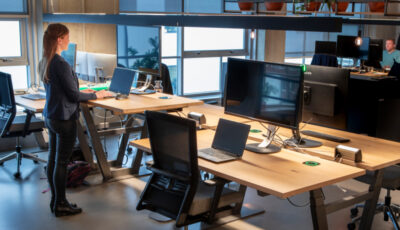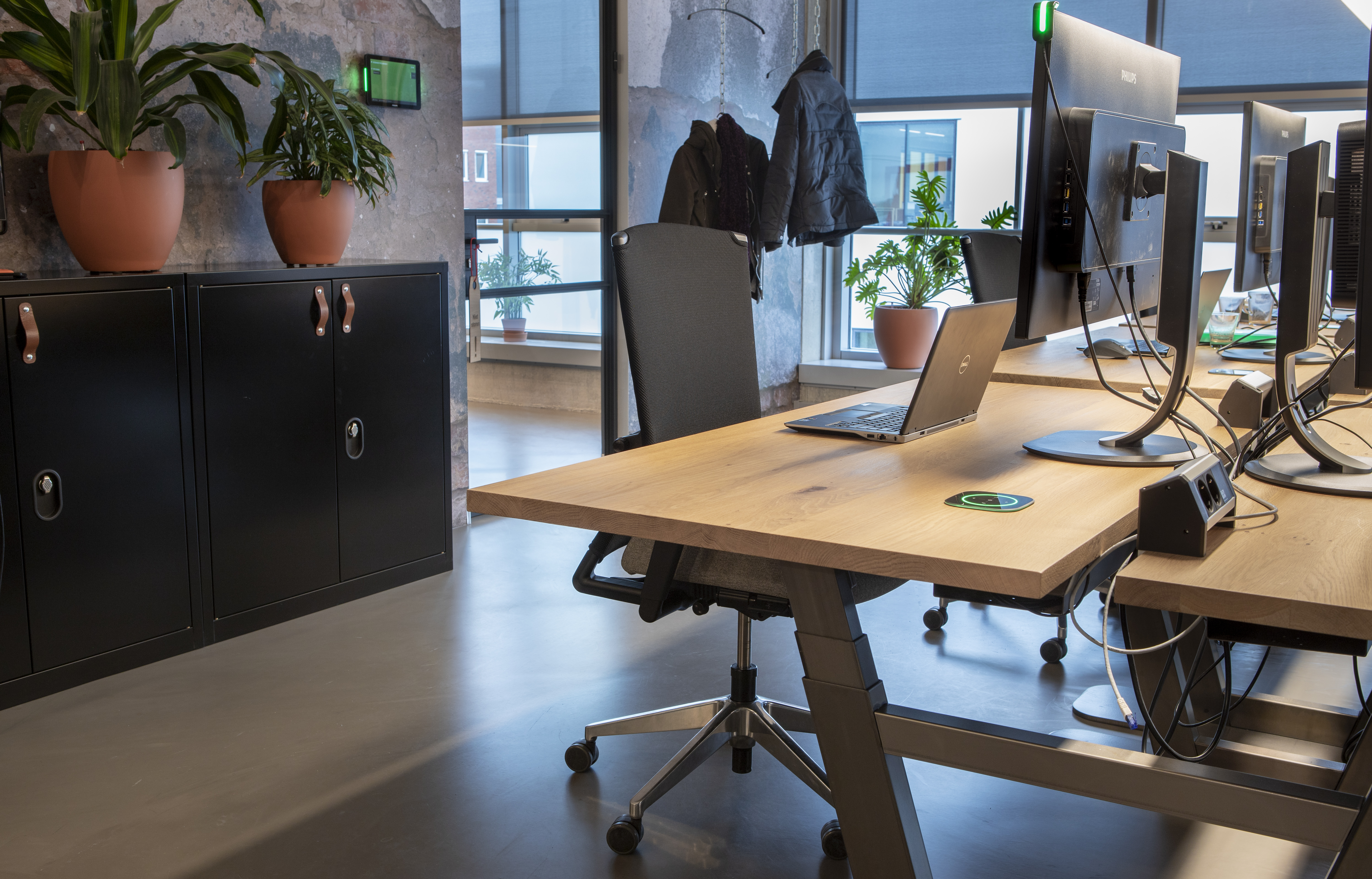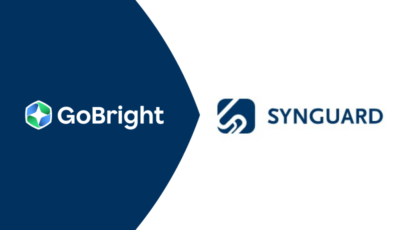Ever wondered if you office space is being used to its fullest potential? Space utilization is a game-changer for any workspace, measuring not just occupancy but more importantly the efficiency and functionality of each area. By dividing a building’s occupancy by its capacity, we get a clear picture of how much space is actively used.. Imagine transforming every nook and cranny into productive workspaces and meeting rooms. Facility managers face the challenge of optimising space to meet employees needs while maximising overall efficiency, and saving costs along the way. Effective space utilization is the key to unlocking hidden potential in your workspace. Discover how to transform unused areas into dynamic, productive environments.
Why is Space utilization important?
An effective space utilization is essential for corporate workplaces. In offices, where workstations average around 11 m2, optimising every inch is crucial. It’s not just about fitting more cubicles but about creating spaces that support diverse work styles. Some employees need collaborative areas while others require quiet zones. Designing with functionality in mind ensures a productive environment.
Accurate space measurement allows organisations to make informed decisions about their real estate needs. For instance, our data shows that clients use smaller spaces more often, while larger rooms are less occupied. There’s a clear need for smaller meeting rooms and silent cubes. This highlights the value of GoBright Room Booking and our expertise in optimising workspaces.
Overall, effective office space utilization helps businesses avoid wasted real estate.Companies often believe they need more space or a move due to growth. Our clients find they have enough room. Our Smart Workplace Solutions and data insights reveal that rearranging workspaces is usually enough. We also identify peak times for better planning. Whether expanding or downsizing, make informed decisions based on data, not guesses. By understanding how spaces are used, companies can create a more efficient and productive work environment while saving on operational costs.
Why you need Space utilization analysis
Analysis of office space utilization provides critical insights into how effectively your space is being used. Rather than guessing, this data-driven approach reveals occupancy patterns across meeting rooms, desks, event spaces, and more. Key space utilization metrics include daily occupancy levels, space density, and areas of overuse or underuse. By understanding these aspects, you can address questions like:
– How many people occupy our buildings daily?
– What spaces are overcrowded or underutilised?
– What costs are associated with unused areas?
These insights guide important decisions, such as optimising current layouts, investing in new real estate, adjusting leases, or planning renovations. Ultimately, utilization of space analysis helps ensure your workspace is efficient, cost-effective, and aligned with your organisational needs.
How can you measure it?
Effective space utilization is crucial for maximising productivity and employee satisfaction in any organisation. Key Performance Indicators (KPIs) help assess this:
- Occupancy rate: This measures the percentage of available space that is currently in use. A high occupancy rate indicates efficient space use, while a low rate may suggest excess capacity.
- Space utilization rate: This tracks how frequently spaces are used over time. It provides insights into whether areas are used optimally throughout the day.
- Employee density: This KPI assesses the number of employees relative to the space available, helping ensure that spaces are neither overcrowded nor underused.
- Space efficiency: This evaluates how well the space supports its intended functions. Efficient space use aligns with higher employee satisfaction and operational effectiveness.
- Utilization trends: Monitoring changes in utilization of space over time reveals evolving needs and patterns, guiding necessary adjustments.
GoBright Advanced Analytics tracks essential metrics, from space utilization to booking patterns. By analysing data on workspace usage, we optimise efficiency and identify trends, helping you make informed decisions and improve your office environment. For a deeper dive, check out our article on GoBright Advanced Analytics.
Well-designed spaces that balance concentration and collaboration enhance productivity and job satisfaction. By tracking these metrics, organizations can optimize their physical resources, create a more functional work environment, and foster a positive workplace culture.
Utilization V.S. Occupancy
Understanding the difference between utilization and occupancy is crucial for effective space management. Occupancy refers to the percentage of space that is currently in use at a given time. It simply measures how much of a space is occupied. Utilization of space, on the other hand, is a more dynamic metric. It assesses how effectively the space is being used relative to its potential. This includes analysing patterns of use, frequency, and the alignment of the space with its intended purpose. While high occupancy might indicate full use, it doesn’t necessarily mean the space is used efficiently or effectively. For instance, a meeting room might be fully occupied, but if it is underutilised for its intended purposes, there could be room for improvement. Balancing both metrics can help optimize space planning and resource allocation, leading to better operational efficiency.
Office space utilization guidelines; best practices
Let’s explore practical ways to improve space utilization in your workplace. Implementing these strategies can immediately boost productivity and morale. While some tasks may require more effort and planning, the positive impact on your work environment will be significant.
1. Embrace flexible workspaces
Today, flexibility is key. Encourage a dynamic work environment with hot desking and activity-based working areas. By allowing employees to choose their workspaces based on their tasks, you can reduce unused space and enhance productivity. Turn any workspace into a bookable area with Room or Desk Booking. From desks and meeting rooms to small creative spaces, phone booths, and silence cubes, everything can be reserved. Use GoBright Interact to see availability and manage your office space efficiently and easily.
2. Collect data for decision making
Understanding how your office space is used is crucial for making decisions. Utilise occupancy sensors and data analytics to track space usage patterns. Collecting this data provides real-time insights into which areas are most and least utilised. This data can guide adjustments to your layout and resource allocation, optimising space usage and reducing costs.
3. Create collaborative zones
Collaboration is the heart of innovation. Designate specific areas for teamwork and brainstorming sessions. These zones should be equipped with the necessary tools and technologies to facilitate effective collaboration. GoBright’s Room Booking solutions allow teams to easily book these collaborative spaces, ensuring they are available and ready for use when needed.
4. Optimise meeting room utilization
Meeting rooms are often underused or overbooked. Update the process with smart booking systems to avoid conflicts and ensure efficient use of these spaces. Room booking screens show real-time availability and allow for ad hoc booking, reducing downtime and maximising room usage. Integrate these systems with your calendar for seamless scheduling and to prevent double bookings.
By implementing these best practices, you can transform your office into a more efficient, productive, and enjoyable place to work. With GoBright’s innovative solutions, managing and optimising your workspace has never been easier. Ready to be Bright? Discover more about how GoBright can help you create a future-proof work environment.




